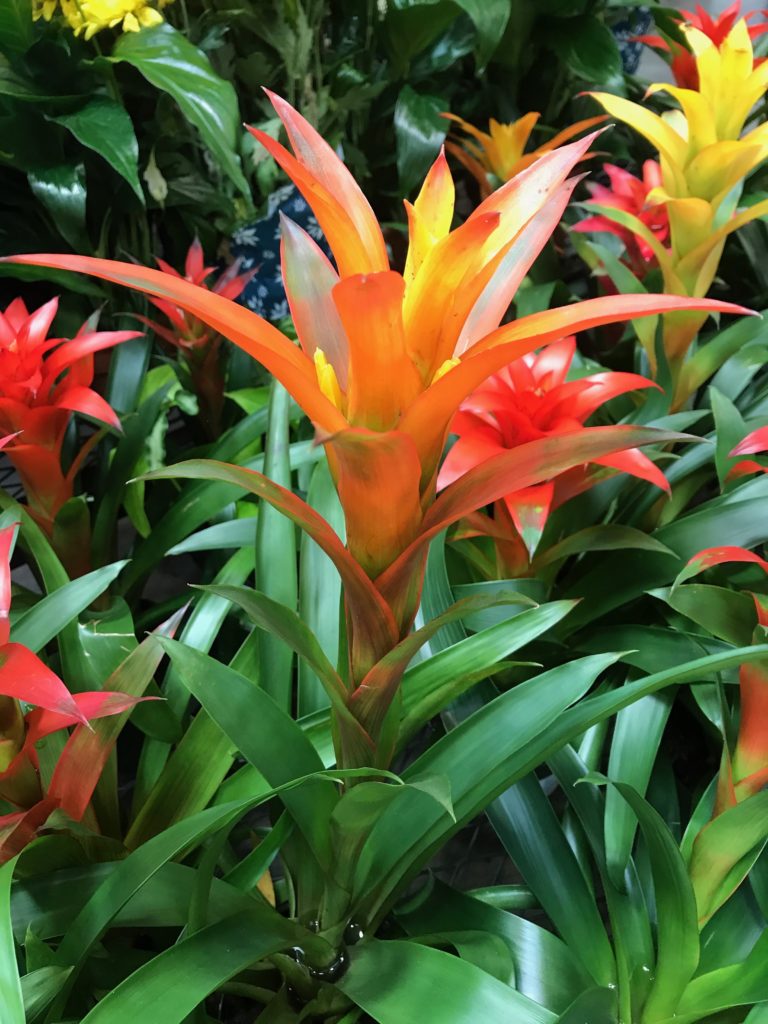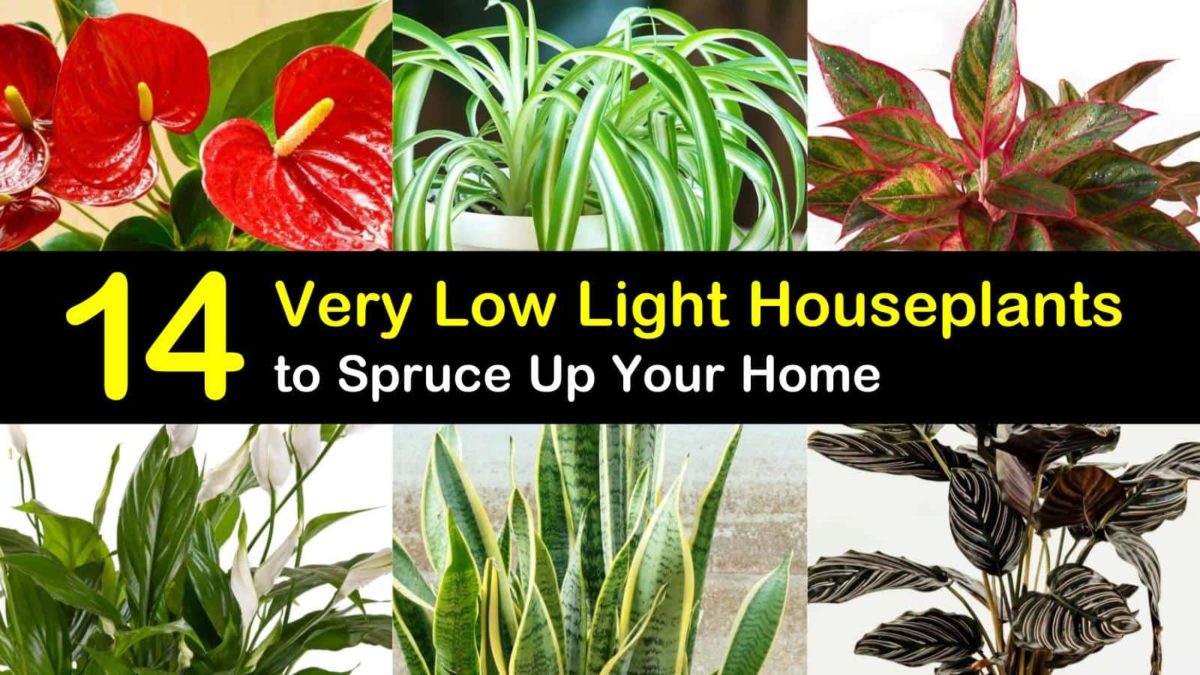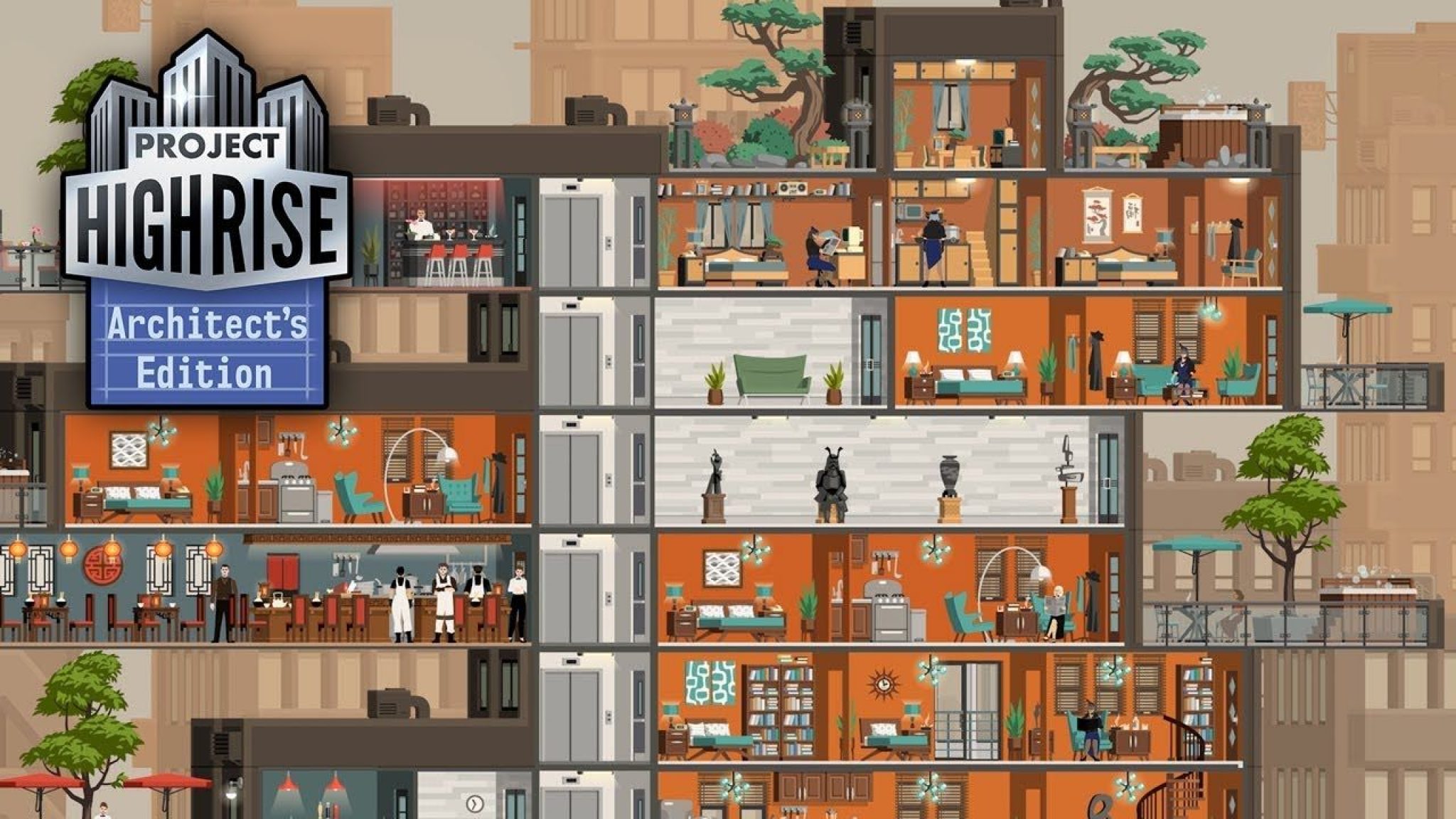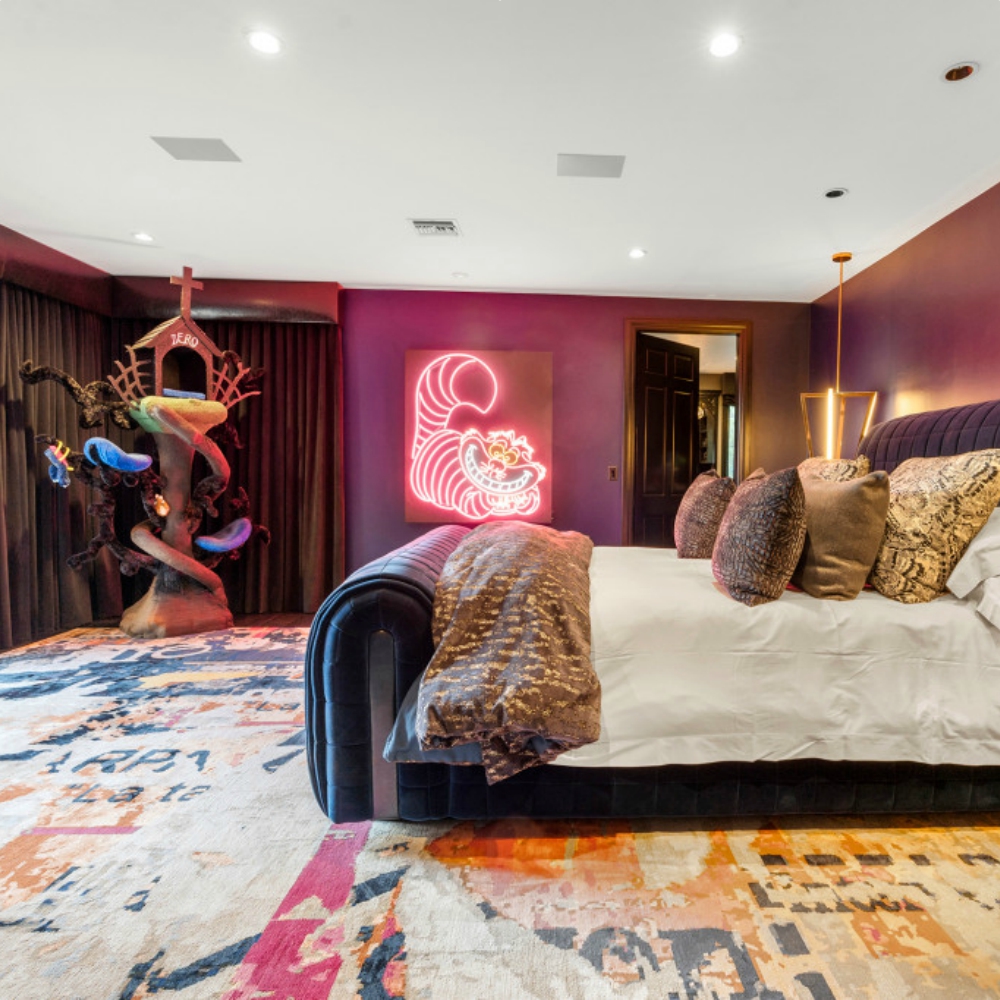Table Of Content

Choose green varieties and expect even slower growth in dim settings. The bold, red, pink, orange, white, or purple flowers of Anthurium are a welcome treat during the dark days of winter. However, these tropical beauties don't like overly dry or wet soils, so keeping the soil slightly moist at all times is essential.
30 Best Indoor Plants That Are Easy to Grow - House Beautiful
30 Best Indoor Plants That Are Easy to Grow.
Posted: Wed, 10 Apr 2024 07:00:00 GMT [source]
Low-light houseplants that are safe for cats and dogs
It's important to check a plant's toxicity before bringing it into your home, especially if you have pets or small children. Some houseplants can be extremely toxic to pets if ingested –– if you have pets, opt for these low-light houseplants below. The rex begonia is a unique little plant that may be finicky to care for but will grow well in low-light environments. Do not mist the leaves, as this can lead to spotting and discoloration. This romantic houseplant is incredibly easy to care for and will develop long vines if left to grow unhindered.
These Are the Best Houseplants for Your South-Facing Windows
Ponytail palms are sold in various heights, from tabletop to tree-size. Whether you're living in a multi-bedroom house or a tiny apartment, free floor space can be scarce and scattered. But even if your floor can't fit your foliage fantasies, that doesn't mean you have to give up on your green thumb dreams. Instead, consider implementing the best indoor hanging plants that work for rooms of every size, small spaces included. Also known as the airplane plant, spider plants produce baby plants, or spiderettes in spring and summer following flowering.
Low-Light Plants That'll Thrive (Not Just Survive) Indoors or Outdoors
24 Easy-Care Houseplants With Low Watering Needs - Better Homes & Gardens
24 Easy-Care Houseplants With Low Watering Needs.
Posted: Wed, 06 Mar 2024 08:00:00 GMT [source]
Glossy, heart-shaped leaves make this marble-toned plant an extra beautiful pick for your tabletop. It can tolerate shady spots but also enjoys some indirect sunlight and a touch of water when the soil feels dry. Perfect for bright indirect to low light conditions, the philodendron green is the most popular plant that The Sill sells year after year. The heart-shaped leaves grow in a gorgeous green quicker than many other plants, and it is ideal for darker areas and winter months to bring a little life to a room. With leaves that snake upward in green, gray, silver, and gold hues, the stunning plant will add life to your home, patio, or office space.

Some of these low-light houseplants can grow to 10 feet tall, creating the perfect focal point in any room. This vibrant plant maintains its color best in low-light environments and is relatively slow-growing. Allow the soil to dry between waterings, but mist the leaves regularly. Also called Moses-in-the-cradle, this no-fuss house plant doesn’t grow very tall, making it perfect for tabletops or desks. Place the plant in a north-facing or east-facing window to avoid direct sunlight. Also called Fittonia, this small-leaf variety naturally grows as ground cover in native South America.
When it does, move it near an entrance or by the fireplace for a pop of greenery. Protect the plant from drafts and air conditioners, and dust off the broad leaves from time to time to keep it looking its best. Because it’s mildly toxic to pets and humans, choose an out-of-reach spot for a rubber plant.
One in a small bathroom with no windows, where the only light comes from a window in a nearby bedroom. Bright-colored Bromeliads might not seem like plants that tolerate low light conditions. While many beginner houseplants are well-suited for low light conditions, we’ve compiled a list of our top 29 favorite plants to grow in low to medium light environments. As long as you keep plants away from dry air and cold drafts, they will thrive in most indoor environments.
These giant plants are another specimen favored by interiorscape companies when used alone or grouped together in a mass planting to create a dramatic effect. The dumb cane can reach a height of 5-feet tall with leaves up to 12 inches long. Indoor pinstripe plants can grow up to 2 feet tall and wide, making them larger plants that fill an empty space nicely. Pinstripe plants are not drought tolerant and they need higher humidity also. This makes them a more demanding plant to keep in good condition.
Know which plants are heavy feeders and follow the manufacturer’s instructions when fertilizing your plants. Otherwise, if you’re more of a DIYer, then you can make your own lighting setup using a shop light fixture and some grow light bulbs. If you want something larger (and fancier) that you can use for several, then this one would be perfect, and it’s adjustable too. Calatheas, a previous entrant on this list, are commonly known as Prayer Plants.
No household plant list is complete without mentioning the trusty, tolerant spider plant. Over the last 20 years, Tom has successfully owned hundreds of houseplants and is always happy to share knowledge and lend his horticulture skills to those in need. Until you're used to your Pothos quirks and needs, be extra careful with the watering.
It also tolerates dry conditions, so it's ideal for someone who travels frequently. The ZZ plant looks great, too; it produces upright, slightly arching stems covered in shiny, dark green leaves (and you can even find a new variety with near-black foliage). Silver-speckled satin pothos is one of the easiest hanging houseplants to grow! When exposed to direct sunlight, the grey-silver variegation will fade, so ensure that it gets bright, indirect light.
My excuse is that I want some greenery in these spots and they're literally the only ones that will take such low light levels. But it'll grow faster and you'll allow the aesthetic shape, colour, and form of these plants to properly shine if you move it to a place with better light levels. The Parlour (or Parlor) Palm bucks this trend and can put up with some fairly dim places. This is a strong room enhancing plant and should be a serious contender if you want a palm but can't provide the usual bright light they normally need. Although adaptable to low light, it should ideally be grown in a medium-low light (or brighter), rather than low-low light. There are some important things to take into account when growing plants in low light, so check them out now, or carry on reading after you've finished up with the list.












